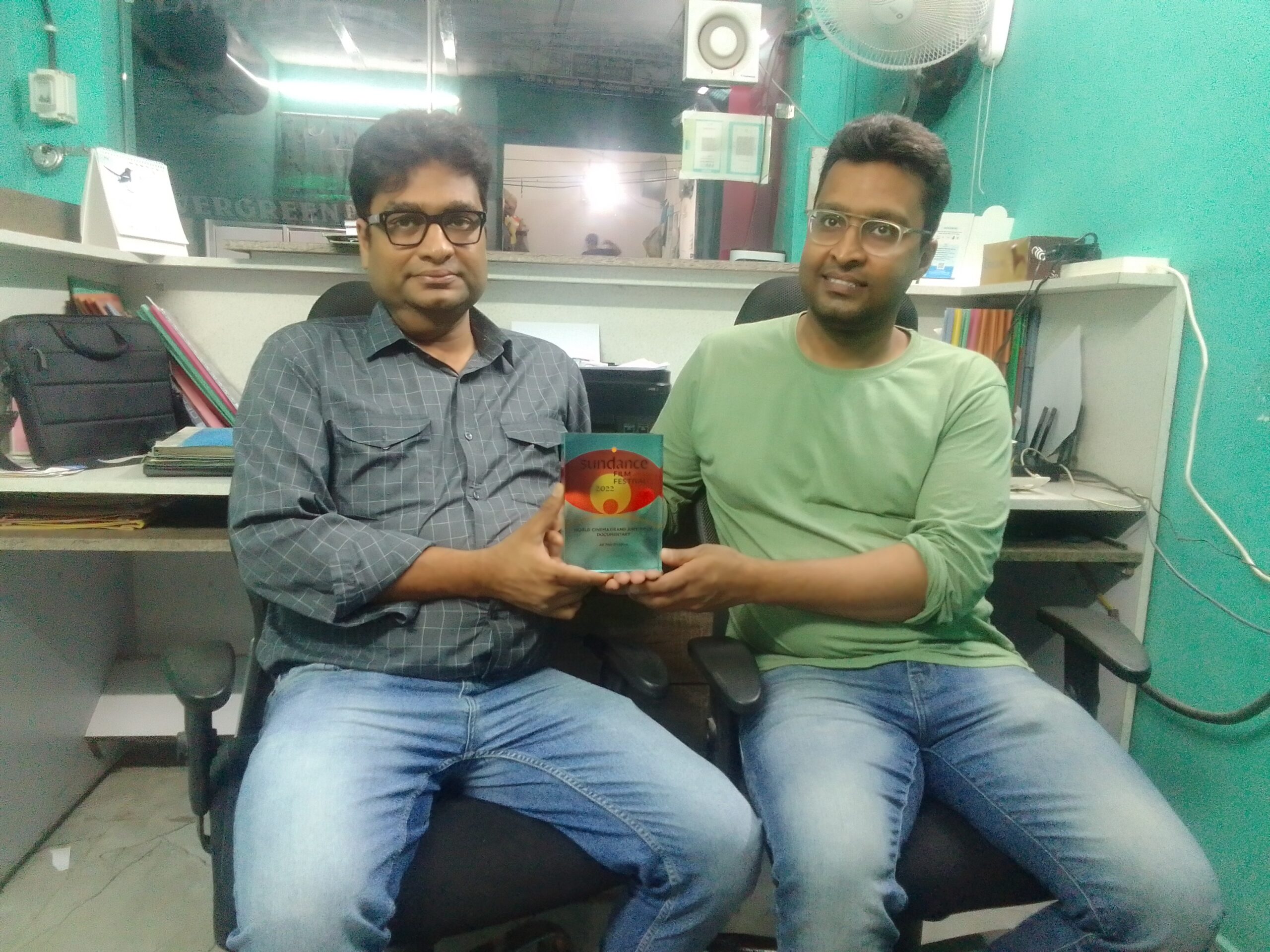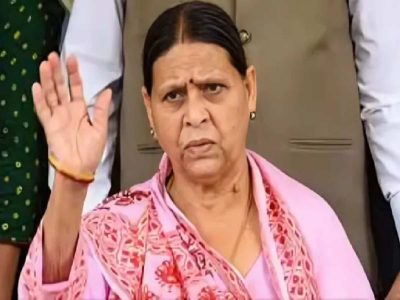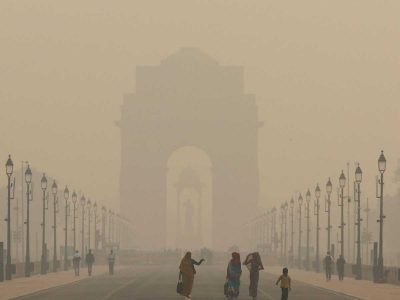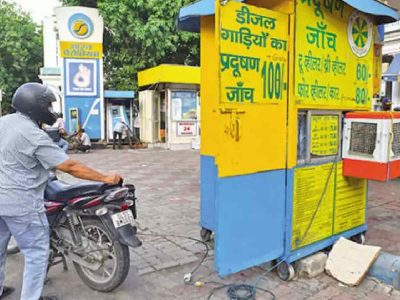At first sight, Gali No. 9 in Rehmani Chowk of Wazirabad village in North Delhi seems like any other congested, crowded lane with open sewerage and broken-down road. But the alley holds something that has become popular all across the world thanks to two brothers, Nadeem Shahzad and Mohammad Saud.
For the last two decades, they have been running a unique ‘wildlife rescue hospital’ from a small room in the basement of their house, dedicating their lives to the care of injured birds, especially black kites.
What is even more interesting is that the brothers have had no medical or veterinary background, but managed to train themselves into becoming the best ‘bird surgeons’.
Till date, they have tended to more than 27,000 birds, keeping records of each one of them, including the date, nature of injury, treatment and the medicines given. Over 95% of these birds are black kites.
The beginning
As kids growing up in the walled city (old Delhi) in the 1990s, the two would take birds injured in kite-flying accidents to a local hospital. Saving birds soon turned into a passion.
“No one was ready to work for them, so we decided to do it ourselves. It was not by choice but forced by necessity,” said Mohammad Saud to Patriot.
“Now, we get calls daily from hospitals, individuals and government organisations like police, civil bodies and fire service about injured birds needing treatment. The number [of injured birds coming to us] is increasing,” said the 41-year-old, who is the younger of the two.
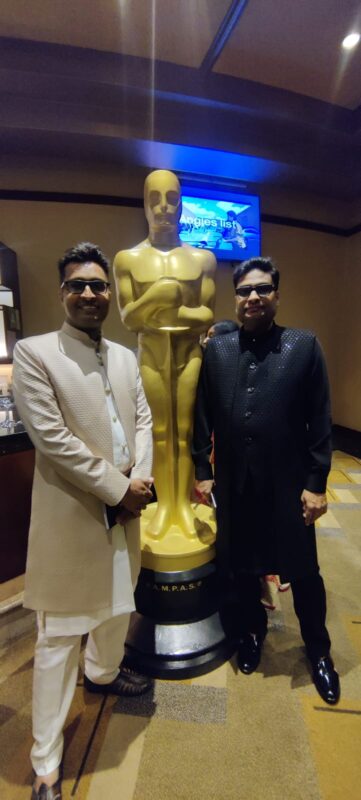
Their service has been noticed by not just the national but also international media with New York Times, BBC and Arab News covering the hospital.
A Delhi-based documentary film-maker, Shaunak Sen, had made a documentary film All That Breathes on this hospital. It was nominated for the Oscars in the Best Documentary Feature category, announced on January 24.
“In 2018, film director Shaunak Sen contacted us and started shooting at Wildlife Rescue (the name of the trust running the hospital) in January 2019. It took around three years to make the film, which was nominated for the Oscars,” added Saud.
Saud recalls the incident that drew them into this.
“It all began in early 90s, when I was around 11-12 years old. We found a kite with an injured wing by the roadside. We took it to a bird hospital nearby. But the hospital refused to treat the bird since it was a carnivorous (meat-eating) bird. We also visited other hospitals, but no one treated the bird. So, after a full day’s attempt to get the bird treated in hospitals, we had to leave it at night at the same place (in old Delhi) from where we had picked it. When we checked on it the next day, the kite was not there.
“Following that experience, whenever we would find an injured bird, we wouldn’t pick it because no one would be ready to treat it. When we grew up and started our own business of bathroom accessories, we set up an enclosure for birds on our roof.”
It was in 2003 when the two, having gained sufficient experience in handling birds, decided to treat the injured birds themselves or with someone else’s help.
“The next time we came across an injured bird, we took it to a vet whom we knew from the time he used to treat our uncle’s dog,” added Saud.
“That is how it all began and we started taking more of the injured birds to the vet. We take his help even now in complicated cases. In the first month, there were just four or five birds. But the number kept increasing. Our neighbours also started bringing in injured birds. Following treatment, we would release the bird where we had found it,” says Saud.
“We registered as a charitable trust in 2010 under the name ‘Wildlife Rescue’. We also organised a camp in the same year in August, because on Independence Day (August 15), people fly kites and many birds get injured. After 2010, we tied up with the veterinary hospitals in Delhi. Since then, we have been picking birds from hospitals, including the one which refused to treat the first bird in the 90s. We rescue them here.”
Between 2010, the year the brothers had registered the Wildlife Rescue society, and 2023, the hospital has rescued around 27,000 birds, up from around 487 between 2003, the year of its inception, and 2010.
Saud further said, “After registering in 2010, we got around 1,000 birds in the first year. The number is increasing. In 2022, we got 3,700 injured birds. In 2013, we shifted to Wazirabad from old Delhi. There is more space to work here. Earlier, we would go out and collect even a single bird, but not now. We collect birds from across the hospitals.”
The two have built a temporary shelter for the birds on the rooftop of their Wazirabad house. The birds are kept there and fed until they can fly.
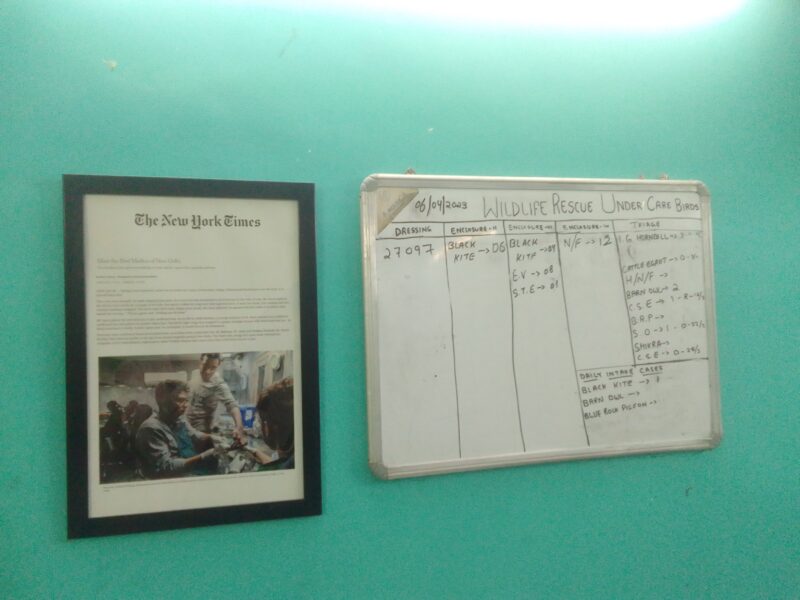
On the second-floor terrace, Patriot found around 150 birds — most of them black kites — under a tin roof and surrounded by a metallic fence. They were recuperating after treatment. Then, in two large separate cages, a few black kites, fresh from surgeries, were kept under observation. The birds that are cured can fly away through a partially open roof.
“In 2015, National Wildlife Rehabilitation Association (NWRA) in USA and International Wildlife Rehabilitation Council (IWRC) contacted us. Nadeem – the older brother – was selected for a workshop which they give annually to a person outside North America. He got a lot of knowledge about the subject from there. I got the same scholarship in 2018. When I went to USA, I presented our treatment technique of wing injury in the conference. Our hospital is now the best for orthopaedic surgery for injured birds,” concluded Saud.
Brother Nadeem says that paying attention to diagnosis is the key in handling birds and only those requiring serious treatment are admitted to their hospital.
“On an average, we get 3-4 calls every day. This could be from anywhere in Delhi — from the PCR or fire department. In most cases, we leave the bird at the nearby veterinary hospital, where they might just dress the wound or stitch it. Once we get a bird here, it is put through a diagnosis process, which involves examining the entire body with physical touch to identify injuries. In the next step, the nature of the cut is examined and depending on it we decide whether the bird should undergo operation or not,” Nadeem explained.
Today, the hospital has six members — a doctor, three full-time employees and a receptionist.
In the documentary All That Breathes, Salik Rehman makes an appearance in the film.
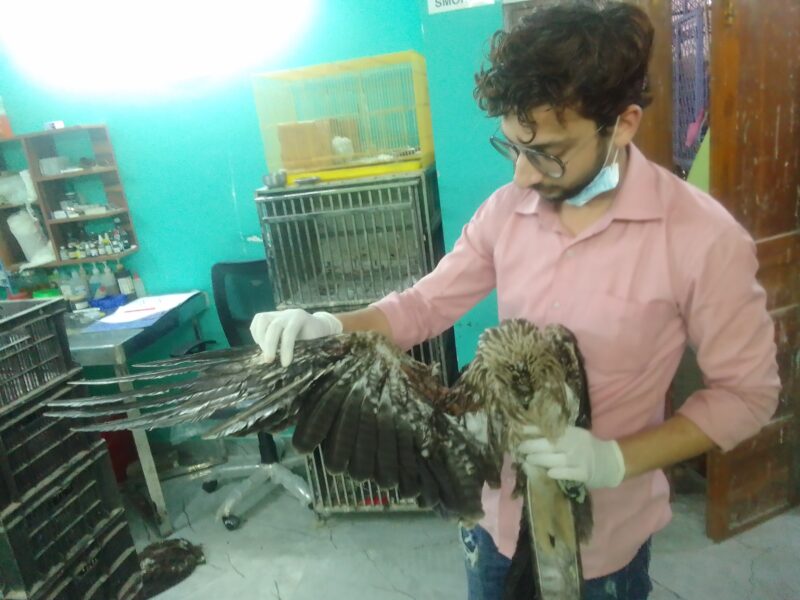
Salik Rehman’s day begins around 10 in the morning and ends after 8 at night, all seven days of the week. He leaves his home and makes a round of the many animal hospitals around the city in a rented auto and collects injured birds and black kites in perforated cardboard cartons, and returns to the clinic. This is his daily routine.
“We give first aid to the bird here and then treat the injury according to the wound and cut. A black kite normally takes around 30 to 40 days to recover fully. After recovery, we first give them ‘frank practice’ of flying for 8-10 days and then release them in an open area normally at Shyam Ghat and other place,” Salik told Patriot.
Salik, along with Umar, an assistant, also updates the dates of birds’ treatment process on a white-board with a marker. The New York Times article featuring the clinic occupies the pride of place next to the board. Sana, the office receptionist, also helps in the rescue.
Dr JP Pandey visits the hospital five to six days in a month to treat the birds, and is available on any day in case of emergency.
An alma mater of Anand Veterinary College, Pandey told Patriot, “I have been connected with this hospital for around a decade. Treatment depends on the (bird) injury. Some ‘invisible injury’ needs big equipment such as x-ray machine or blood testing machine which we don’t have due to budget constraints. Otherwise, the rest of the treatment is done here.”
Nadeem, who is 45, says that the hospital depends on donations by private individuals and businesses. He feels that a bit more donation can help them in buying an ambulance which is need of the hour.

“We don’t have access to government funds. We are unable to attend many cases due to lack of rescue vehicles like an ambulance. Apart from this, we also need a lot of equipment. However, we are attempting to arrange it. At any given time, we have around 150 birds on our terrace. We give them a healthy diet, comprising chicken and red meat for proper nutrition. Climate change also affects wildlife. Due to severe heat last year, we got 1,200 varieties of kites. Also, the injured birds face multiple risks if they are not tended to quickly. If the veins are cut, the blood stops flowing into the wings, which gradually damages the tissues there and paralyses the bird.”
The brothers are now looking for a piece of land where they can build a proper bird hospital.
“We want the government to provide us with land on lease so that we can build a proper hospital. We also need a 24-hour ambulance service. Due to lack of these, we are unable to rescue many birds. I also appeal to the public for the same,” Nadeem added.

